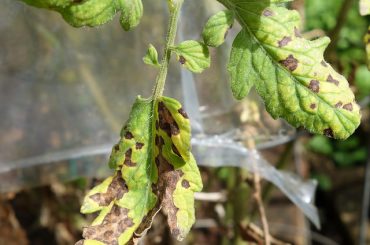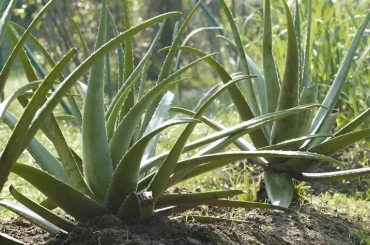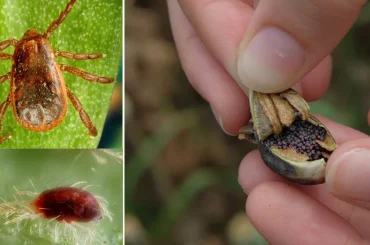To Save Your Lawn From Sod Webworm And Chinch Bugs
Every year, Houstonians must combat the threat posed by chinch bugs and sod webworms, particularly during the warmer months when these pests are most active. These microscopic animals have the potential to do serious harm to your grass that has to be fixed right away. Understanding the life cycles of these insects is crucial as their sudden changes in feeding and mating activity may compromise the state of your grass.
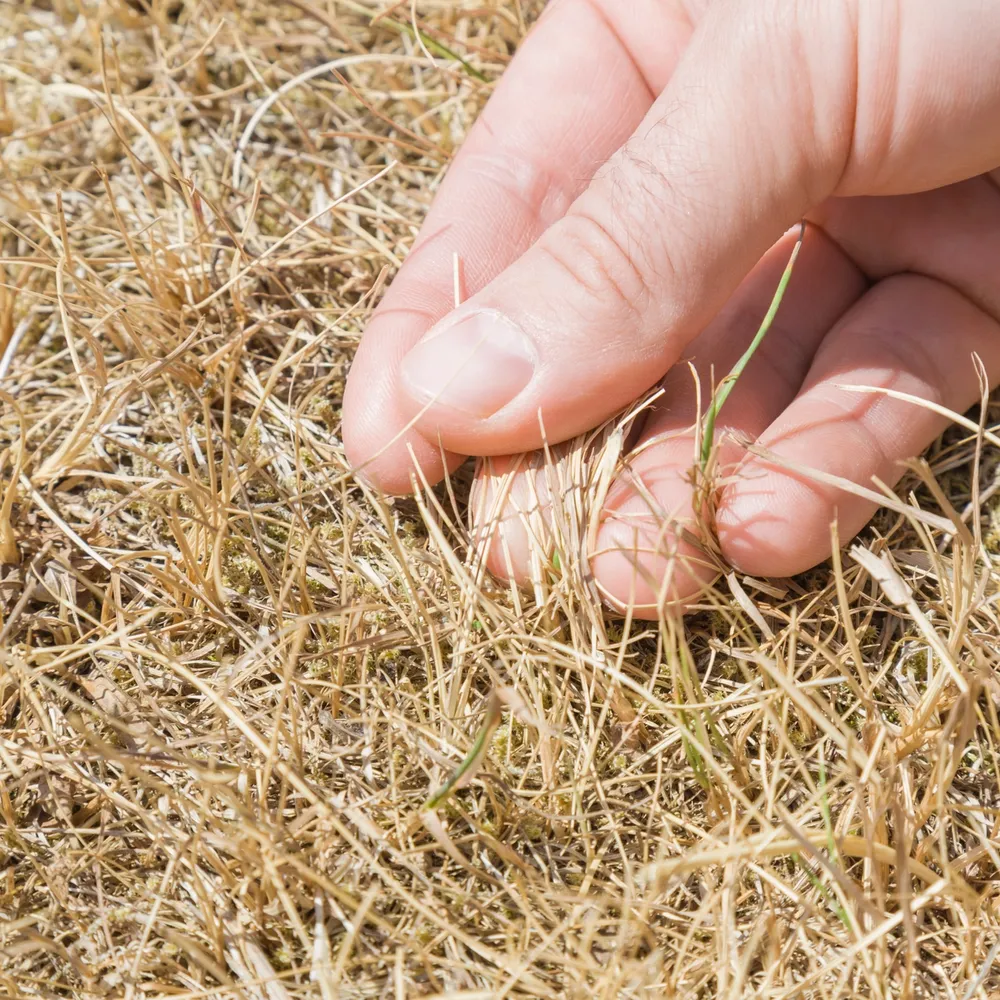
One of the first signs of an infestation on your lawn are brown areas where the grass is struggling for survival due of the feeding habits of these pests. While some signs may be obvious and clear-cut, others would need more investigation. Therefore, it is imperative to find and treat sod webworms and chinch bugs right away if you want to avert additional damage to your grass.
To handle these problems, we need efficient remedies that not only drive away the pests but also help a strong grass that might grow all year long. There are several actions you may do to lessen the likelihood of an infestation, from taking care of dry grass and pet damage to controlling illnesses that deteriorate your lawn. Residents of Houston may guarantee that their lawns are protected from sod webworms and chinch bugs all year long by acting early and taking preventive steps.
Spotting Sod Webworm Damage
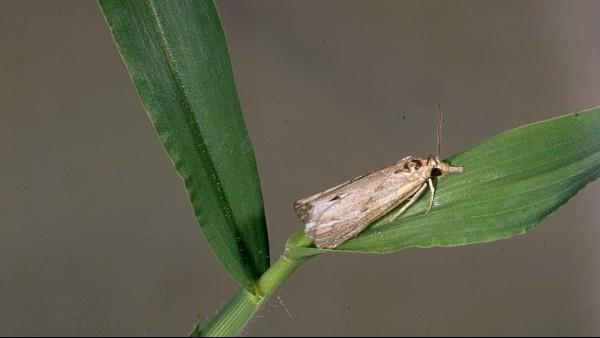
In lawn care, it is rather important to identify the offenders causing harm. Although sod webworms are native to North America, they are invasive species that might destroy your yard. These adult insects appear harmless even though their larvae are the real troublemakers; they leave obvious signs including dark stains, chewed grass blades, and dry patches resembling those left by dogs.
Often appearing stunted, ratty, and messy, the impacted regions indicate sod webworm activity. It’s time to act if you see waste-like green pellets and little tunnels made of worm silk.
Chinch Bug Identification
Chinch bugs, infamous for their terrible effect on grass, are another threat to your yard. Within days, these little insects can rapidly spread across large portions of your grass. Their mechanism of harm is slinking a thin beak into grass plants to take plant fluids and toxins, which finally weakens the plants. Their poison combined with the extraction technique could cause brown patches and yellow grass stains. Early intervention depends on the identification of these wingless nymphs with brick-red bodies and a clearly white stripe across them.
How To Prevent Sod Webworms And Repair Damage
First knowledge of their lifecycle is crucial if you want to properly stop sod webworms from ruining your grass. Key is to find the stage these insects harm most often. The gathering of moths in flowerbeds, suggesting the adult stage, is one of the obvious indicators of their existence. One can target these moths using a liquid pesticide such as Cyonara or Bifen IT by means of which These moths deposit their eggs on St. Augustine grass, which causes the destructive life stage caterpillar emergence. Granular pesticides like Bifen LP, Wisdom, or Talstar will help to fight these new caterpillars very well.
BT (Bacillus thuringiensis)-based insecticides are highly advised for individuals who would want chemical-free solutions. These chemicals fight the larvae without affecting helpful insects. Furthermore, well tuned pesticides help to discourage these pests very successfully.
Including herbicides and pesticides into your grass can help to greatly control pests. Insecticides produce an environment hostile for pests, therefore reducing harm. Likewise, herbicides remove weeds and managed grass upkeep so generating an environment unfit for bugs.
In essence, efficient treatment depends on an awareness of sod webworm lifetimes. Your grass will be well protected from these destructive insects by knowing when they cause harm and using suitable preventative measures.
Chinch Bugs and its Symptoms
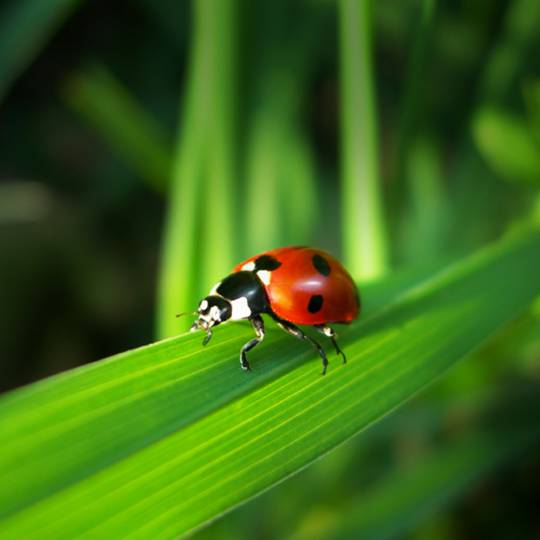
Little insects called chinch bugs could ruin your grass. In just a few days, these destructive bugs may were havoc. These insects inject a poison into grass plants using a thin beak, therefore extracting essential fluids and either killing or debilitating the grass. Laying up to 15 to 20 eggs daily, female chinch bugs are highly productive. Yellow, wingless nymphs from the eggs develop into brick-red with a white stripe across their body. Usually seen scurrying in sunny locations, especially under trees and flowerbeds, they are less than 1/4″ long.
A chinch insect infestation causes patches of dead grass in sunny areas, particularly near trees and flowerbeds. In warm weather, especially in shady settings, you may see them busily scurrying around. Damage usually starts around Mid June, so it’s crucial to keep an eye out for these signs during the summer months.
Sod Webworm and its Symptoms
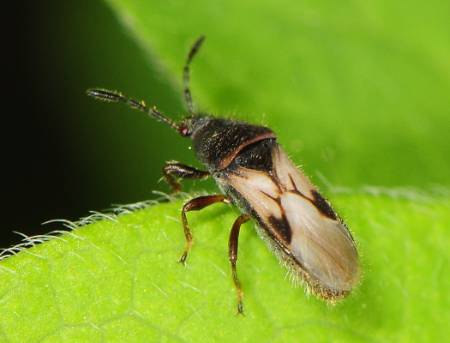
The sod webworm is the larval stage of a small, dingy brown moth. These pests are known for their open wingspread of about 3/4″. After the eggs hatch in mid-August, the larvae start feeding immediately. They’re most active at night, chewing on grass blades and severing entire plants at the crown, feeding on the roots. During the day, they retreat to silkened tunnels in the thatch or just below the soil surface.
Symptoms: of a sod webworm infestation include irregular brown patches on the lawn, similar to those caused by chinch bugs. Look for the presence of “frass” or worm droppings, indicating their activity. In damaged areas, the grass pulls up easily by hand, revealing white worms with copper-coloured heads. This damage usually occurs in late summer or early fall, so it’s essential to monitor your lawn’s health during these seasons.
FAQs
How to prevent sod webworms?
Sod Webworm Prevention
In the meanwhile it is important to apply insecticide on your lawn this should be done in late afternoon/evening because that time larvae are most active.
What is the most effective treatment for chinch bugs?
How can I get rid of chinch bugs?
Use nitrogen fertilizers slow progress of water or insoluble….
Your summer goal is a deep soaking, but it should be no more than once per week.
Water to a depth of 6-8 cm.
Avoid mowing the grass too short….
Apply agricultural limestone when the soil pH is below 6.5
What ingredient kills chinch bugs?
Bifenthrin is the most widely used chemical over-the-counter for homeowner use.
What is the life cycle of a chinch bug?
Life Cycle/Reproduction
In May and June the adults lay eggs which hatch into red nymphs, about half the size of a pin head in three weeks.



